#The Somme
Photo
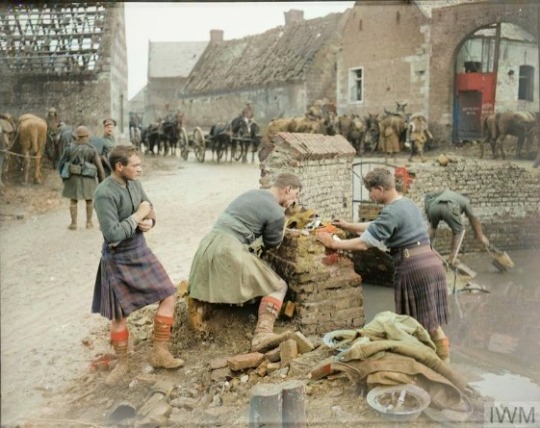
Men of the 51st Highland Division in Flesquieres, 23 November 1917.
#WW1#World War one#World war 1#The Great War#1918#1917#1916#1915#1914#british army#British history#The First World War#the western front#the somme#historical photos#history#military history#canadian history#war history#RAF#Royal Air Force#american history#american
472 notes
·
View notes
Text
youtube
Essential viewing for any Tolkien fan who is interested in the impact of the Great War on Tolkien and his closest group of friends.
#Tolkien#j.r.r. tolkien#Tolkien and the Great War#jrr tolkien#tolkien studies#the great war#wwi#the Somme#the tcbs#tcbs#t.c.b.s. fellowship#tcbs fellowship#Tolkien's friends who died in WWI
14 notes
·
View notes
Text
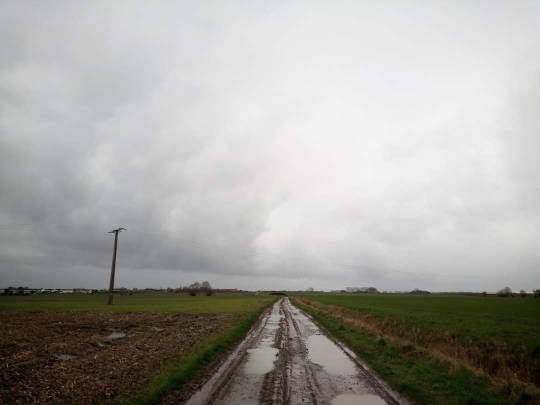


From the Dull Men's Club on a different Hellsite:
"We've been living in Northern France for ten years now. Before we lived in Southern France, which was after we had been living in - while restorating - an old windmill in Flanders, the working part of Belgium (couldn't unsay that one).
Without searching for it for any reason in particular, the old farm we bought here is located right on the Western Front, German side to be precise.
We learned very fast that the past was very palpable in our new environment. First time we got a glimpse from it was when one of our dogs dug up a piece of what was without any doubt a nice pebble to him, but appeared to be a fragment of a German shell - yes l dug a hole of 4m wide and almost 2m deep to get most of the other parts of that explosive - that's how l got to know who fired it in the first place.
His name was Fritz, Frank or Gunter, probably, maybe Mark, and since he was a fresh new recruit in the herd he fired his howitzer way too short, right behind the lines of his outraged fellow brothers in arms. At least, that's how l imagine the story. l apologize for my lack of evidence tho, despite it looking highly plausible to me.
Whatever, lots of artifacts came out of our ground since - bullets, fragments of pipes, an almost completely rotten away army boot with the nails still in its sole, more shell fragments, shrapnel bullets etc, all sorts of elements from military activity in and around our - probably - completely shot into pieces old farm.
You know, l've got a soft spot for old stories and maps. The National Library of Scotland did an outstanding job by digitizing the so called 'trench maps,' used by the allied forces in their daily struggle on Western Front. They are online, and a pure treasure chest for me, seeing our region with a more than 100 year old eyesight every day a little bit more. Allied trenches, less detailed, in blue, and German trenches, highly detailed, in red.
I'm not a souvenir seeker, l'm not an historian, l'm just a no name witness of something l'll never understand.
About this photo. I took it this morning, and y'all agree there's nothing more dull than a muddy road on a rainy day in an almost featureless landscape.
This is today, but more than a hundred years back this was about a few ten meters behind the first German (attack) trench. If ever the Allied forces managed to cross that trench, a flat zone of about 1000m soaked clay, craters, barbed wire, bodies and gear layed in front of them before they got into what would have been the real hornet nest - a second, extremely well defended trench system located on top of that tiny 'ridge' at the horizon of the picture. Well designed, barbed wire, machine guns, everything, and a whole bunch of cannons in the back country that covered the apocalyptic landscape between both trenches (that yellow dot indicates where the photo was taken, looking south-east).
These tiny ridges - ancient dunes during the glaciations - were the key of the whole Western Front north of the Somme. Strategic advantages in a lowland landscape, they defeated Allied leaders and superiors to throw thousands of young men to it.
This region is literally sprayed with war graves. New houses, residential areas, shopping malls and industrial areas are been built, transforming these fields with their ditches into concrete and bitumen, gradually erasing these tiny details in the landscape that remind us of what once was happening here.
When l got back in my car, track 11 of Phil Collins Best Of cd started playing - l'm a child of the eighties. I love good ol' Phil and every time l put another cd in my player, it stays there for several weeks.
Track 11, can't remember the name of the song, started with bag pipes and drums.
Bagpipes and drums. That's how l'm imagining them, storming the enemy lines.
Lest we forget.
Bart. 48 year old Belgian expat in France."
2 notes
·
View notes
Text
2 notes
·
View notes
Text
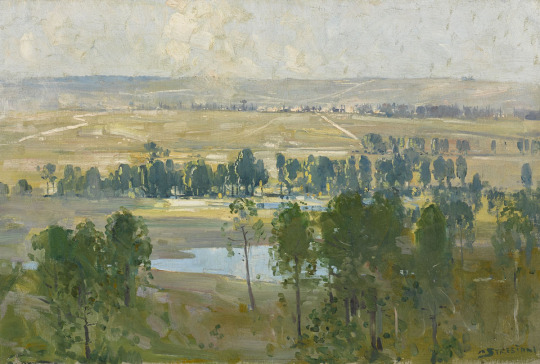
Sir Arthur Ernest Streeton (1867–1943) - The Somme Valley, 1918, oil on canvas
#Arthur Streeton#Sir Arthur Ernest Streeton#1910s#1918#Australian artist#oil painting#World War 1#First World War#WWI#The Somme#oil on canvas
7 notes
·
View notes
Photo

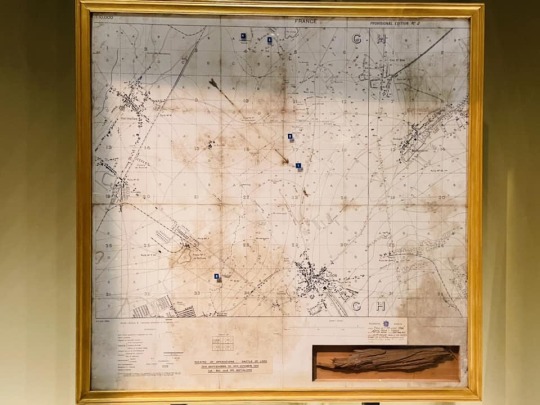
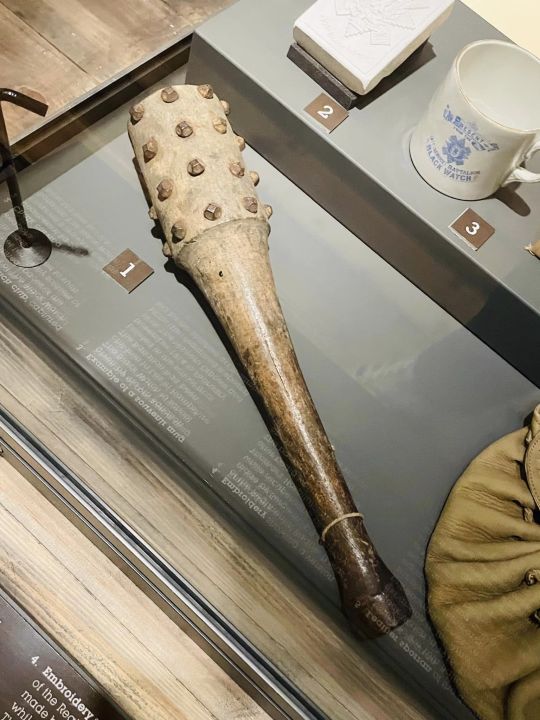

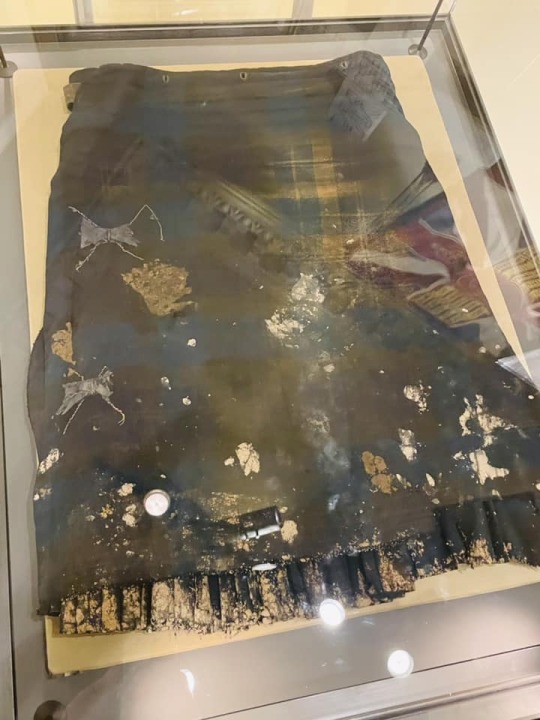
The First World War display in the Black Watch museum, including a kilt with mud from the Somme still on it. All the rooms were colour-coded too.
16 notes
·
View notes
Text

"Somme's Cool and Crystal Stream"
The Bystander, August 16th, 1916
The caption reads: "This baker's dozen of Tommies are enjoying to the full a refreshing dip after the mud, or dust or, in any case, grime, of their trench warfare. Even a little way behind the lines this hot weather has witnessed many such scenes as this. No wonder they smile--and keep smiling!"
8 notes
·
View notes
Text
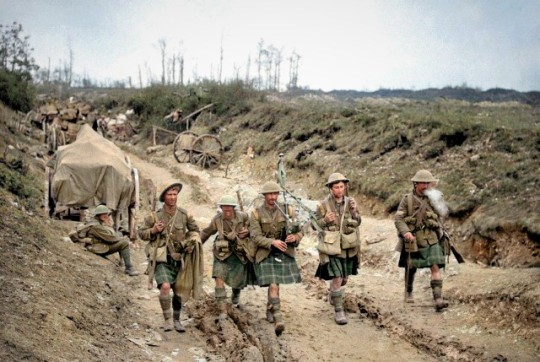
Survivors of a Scottish regiment during a lull in the battle - July 1916
#The Somme#WWI#Scottish soldiers#piper#British Empire#France#trench warfare#Highland regiment#colourised#UK
11 notes
·
View notes
Text
I’ve been really interested in ww1 lately, it’s currently one of my obsessions. It sad though how many people died from bad decisions. Ww2 was bad, but in ww1, they walked in a line, side by side, and got mowed down by machines guns. At the battle of the Somme, a man died every 5 seconds, about ~57000 casualties, 19000 dead. I truly can’t fathom that much death. In my 24 years, I’ve never once seen a dead body, but to think there were fields, of hundreds of thousands of people dead. It ain’t right, especially when those fields were created within a day.
It also occurred to me too finally that MIA, isn’t just that they desert, got lost their people, or they’re just missing, it could be that instead theirs nothing left to find. If there’s nothing left to find, they’ll always be missing. Truly horrifying, hard to believe we live in the same world.
1 note
·
View note
Text
The Battle of the Somme during the Great War - Lions Led By Donkeys. Veterans describe the Battle.
View On WordPress
0 notes
Text

A German trench occupied by British soldiers of the Cheshire Regiment near the Albert-Bapaume road at Ovillers-la-Boisselle, July 1916, during the Battle of the Somme
1 note
·
View note
Photo

Second Lieutenant Richard Raymond-Barker MC. Unit: Northumberland Fusiliers, attached to No. 3 Squadron, Royal Air Force. Death: 20 April 1918 Western Front.
#WW1#World War one#World war 1#The Great War#1918#1917#1916#1915#1914#british army#British history#The First World War#the western front#the somme#historical photos#history#military history#canadian history#war history#RAF#Royal Air Force#american history#american
514 notes
·
View notes
Text
Tolkien challenged existing attitudes to the poem in a 1953 paper, “Ofermod”, published with his verse drama The Homecoming of Beorhtnoth Beorhthelm’s Son in Essays and Studies. “The Battle of Maldon” tells how Beorhtnoth, an Anglo-Saxon leader, led his men in a doomed defence against a Viking attack. The Vikings were on a tidal island in the river; but crucially Beorhtnoth decided to let this marauding force across a causeway (pictured above). Battle was joined, and the English were slaughtered. The poem seems to celebrate what has been called “Northern courage”, a spirit of dogged bravery even in the face of certain defeat. But the poet also describes Beorhtnoth’s decision as the product of ofermod, the meaning of which isn’t entirely clear.
Tolkien argued that the Old English word means not simply “daring” but “overmastering pride”. This could be taken to reverse the sentiment of the poem, turning it into a critique of an irresponsible act of leadership.
Stuart, whose book The Keys of Middle-earth (written with Elizabeth Solopova) provides a guide to Tolkien’s medieval sources, has been looking at Tolkien’s manuscript notes on the poem, from when he was an undergraduate onwards. And it turns out that Tolkien breathed not a word of criticism of Beorhtnoth for many years – not until around the start of the Second World War. This, Stuart suggests, undermines any supposition that Tolkien’s view of “The Battle of Maldon”, as expressed in his “Ofermod” essay, indicated a “lions led by donkeys” attitude shaped by First World War experiences.
I’d agree that Tolkien’s view of the Great War military leaders wasn’t as black-and-white as all that. But I’d certainly argue that his trench experiences gave him some reason to feel very ambivalent about the leaders. As I said at the end of Stuart’s talk, there is the case of one company commander in Tolkien’s battalion who led a company on a night raid that overshot its goal – so when the sun rose, they were sitting ducks for the German machine-gunners and for the British artillery (unaware of their position), and most of the men were wiped out. This fatally over-extended advance by a military leader seems echoed in quite a few incidents in Middle-earth, including the charge by Théoden at the Battle of the Pelennor Fields. Tolkien’s writing displays a range of attitudes to the different incidents – implying, I think, that he felt deeply ambivalent about such acts of courage from leaders responsible for others’ lives.
In a talk which also covered a number of other interesting points from the manuscripts at the Bodleian Library, Stuart cautioned against looking to Tolkien’s life or to contemporary events to explain the change in Tolkien’s views on “The Battle of Maldon”. The Second World War itself could have led to a shift in Tolkien’s view – perhaps because he saw ofermod at its worst in Hitler. And as I pointed out, his later view might have been coloured by the fact that two of his sons were in the forces, and facing mortal danger, whereas Tolkien himself had to sit on the sidelines powerlessly.
However, Stuart‘s point was not about the creative writer but the rigorous scholar. As he said in a later email exchange, whatever Tolkien felt about the military leadership of 1914-18 (a debatable question), “he was entirely at liberty to overlay these views onto scenes or characters in his fiction, of course, and did so I believe; but he was too great a scholar to allow his own personal feelings and experiences in the 20th century to colour his views of the tenth.” That’s a persuasive argument.
#tolkien#tolkien studies#j.r.r. tolkien#the battle of maldon#ofermod#old english#anglo saxon poetry#old English literature#tolkien and the great war#the somme#wwi#wwii#tolkien's ambivalent views on military leadership#tolkien as academic#i agree that he would have tried to contextualise Beorhtnoth in the era in which he lived rather in Tolkien's contemporary era#john garth
8 notes
·
View notes
Text
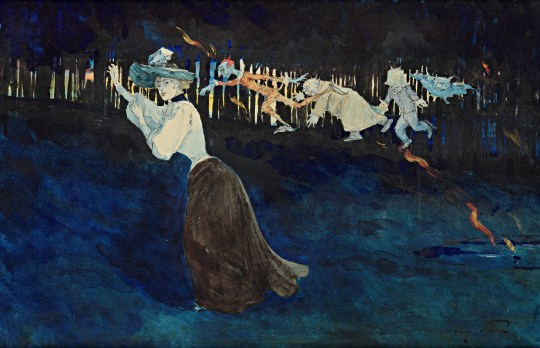
Henry Somm - An Elegant Woman Chased by Demons (1880s)
580 notes
·
View notes
Text
sharing is caring so here are some links i've found to swann's short films and others in case anyone's interested:
Crawl (2012) 95' has subtitles but are delayed (i downloaded them from a page that recognizes youtube subtitles and turns them into an srt file, also downloaded the film then watched it with the VLC player adding the srt file)
Nous sommes tous des êtres penchés... (2013) 27' it's also available on vimeo with better quality but no subs
GROS CHAGRIN (2017) 15'
Un beau voyou (2018) 101'
Exfiltrés (2019) 99'
Perdrix (2019) 96'
that's it enjoy!
#swann arlaud#anatomy of a fall#perdrix#filmography#short film#film#the bare necessity#hot lawyer brainrot its real#crawl 2012#un beau voyou#exfiltrés#gros chagrin#nous sommes tous des êtres penchés
435 notes
·
View notes
Text
She's like a tea rose. There's a wonderful fineness and firmness under all that shy, wistful girlishness of her.
L.M. Montgomery, Rilla of Ingleside (1921)
#walter you can't just say things like this about your secret best girl and then just up and go to france#especially when NO ONE leaves the somme alive#i know wwi gets lost in the shuffle but literally everyone knows that!#anne of green gables#rilla of ingleside#l.m. montgomery#literature
592 notes
·
View notes